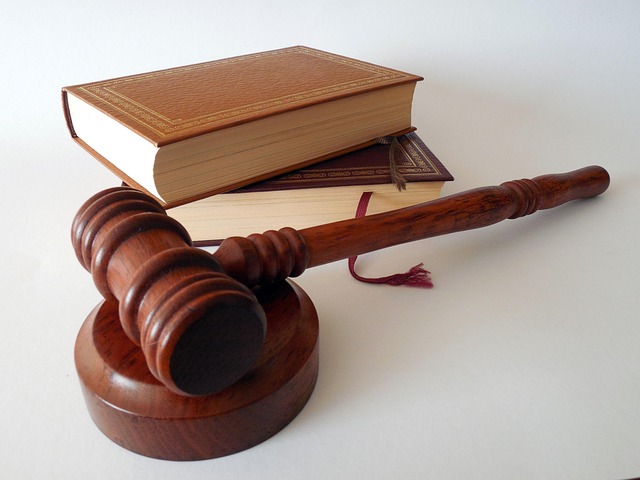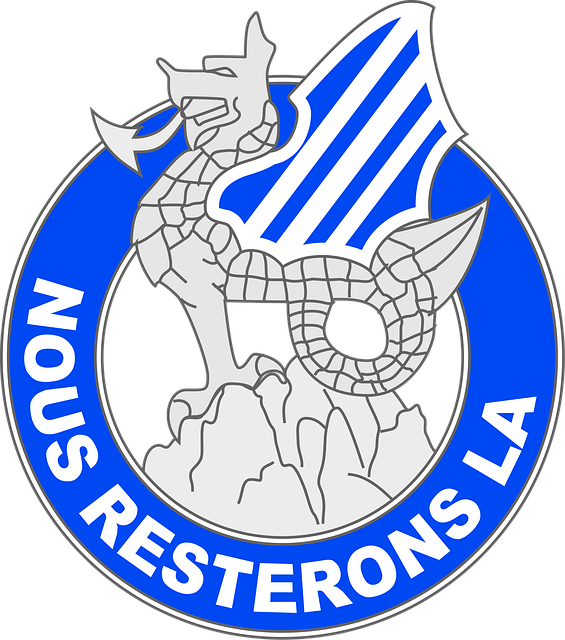DUI laws vary significantly between rural and urban areas due to differing needs and populations. Rural regions, with longer distances and limited emergency services, focus on proactive law enforcement through increased road checks and patrols. Urban areas, dealing with traffic congestion and higher density, employ targeted operations in high-risk zones and leverage technology for faster responses. Alternative transportation options like designated drivers, ride-sharing, and public transit are crucial in both settings. Rural communities should promote these alternatives to combat limited services and longer travel times, while urban dwellers benefit from established public transport systems that discourage drunk driving. Each region requires tailored strategies: rural areas with flexible prosecution and prevention programs, and urban centers with stringent regulations, advanced technology, and severe penalties.
In the realm of DUI (Drunk Driving Impairment) laws, a stark contrast exists between rural and urban areas. While urban centers have well-established DUI regulations and penalties, rural regions face unique challenges that impact enforcement. This article delves into these disparities, offering a comprehensive overview of understanding DUI laws, their application in diverse landscapes, and the role of alternative transportation options as a key differentiator. Through case studies, we explore how differing approaches shape DUI enforcement in each environment.
- Understanding DUI Laws: A Comprehensive Overview
- Rural Areas: Unique Challenges and Legal Considerations
- Urban Settings: Existing DUI Regulations and Penalties
- Alternative Transportation: A Key Differentiator
- Case Studies: Comparing Rural and Urban DUI Enforcement Approaches
Understanding DUI Laws: A Comprehensive Overview

DUI laws vary significantly between rural and urban areas, reflecting differences in local needs and populations. In rural settings, where distances are greater and emergency services may be farther away, law enforcement often adopts a more proactive approach to DUI enforcement. This includes increased road checks and patrols aimed at deterring drivers from operating under the influence. In contrast, urban areas face unique challenges like heavy traffic congestion and higher population densities, leading to different strategies. Here, law enforcement might focus on targeted operations in high-risk areas and utilizing technology for faster response times.
Understanding these nuances is crucial when considering alternative transportation options. In rural regions, planning ahead for a designated driver or using ride-sharing services can be more logistically challenging due to limited availability and longer travel times. Urban dwellers may have easier access to public transit and taxi services, making it simpler to make responsible choices. Knowing these regional differences ensures that both residents and visitors alike can navigate their options safely, adhering to local DUI laws while exploring alternative transportation solutions.
Rural Areas: Unique Challenges and Legal Considerations

In rural areas, law enforcement faces unique challenges when it comes to DUI (driving under the influence) enforcement. With lower population densities, fewer traffic volumes, and often limited access to public transportation, alternative transportation options may not be as readily available or reliable as in urban settings. This can make it more difficult for authorities to detect and stop impaired drivers, as well as to secure witnesses and victim cooperation.
Moreover, rural communities often rely heavily on personal vehicles for daily necessities, work, and social interactions. As a result, DUI laws in these areas must consider the specific needs and constraints of the population while still ensuring public safety. This may involve more flexible prosecution strategies, increased education and prevention programs tailored to rural drivers, and the promotion of alternative transportation solutions like designated drivers, ride-sharing services, or community-based support networks to address drunk driving head-on.
Urban Settings: Existing DUI Regulations and Penalties

In urban settings, the existing DUI regulations are generally stringent and well-defined. Cities often have a robust public transportation system, including subways, buses, and ride-sharing services, providing ample alternative transportation options for those who may be impaired. These cities also tend to enforce strict blood alcohol limits (often .02 or lower for commercial drivers) and implement sophisticated DUI checkpoints. Penalties for urban DUI offenses typically include hefty fines, license suspension or revocation, and potential jail time. The severity of these penalties acts as a strong deterrent, aiming to curb drunk driving by making it an extremely costly endeavor.
Alternative Transportation: A Key Differentiator

In rural areas, where distances between destinations are often vast and public transportation is scarce, alternative transportation options play a more significant role in mitigating DUI (drunk driving) rates. Options like ride-sharing services, designated drivers, or even carpooling among friends and family become essential tools to ensure safe travel. In contrast, urban centers boast robust public transit systems, including subways, buses, and taxis, providing easier access to alternative transportation methods that can prevent drunk driving.
These urban advantages enable a culture where individuals are more inclined to plan their nights out with designated drivers or use public transportation. Rural communities, however, face challenges in fostering such behaviors due to limited infrastructure and social norms that often encourage independence and personal vehicle ownership. Thus, promoting alternative transportation options is a key differentiator in addressing DUI issues between rural and urban areas.
Case Studies: Comparing Rural and Urban DUI Enforcement Approaches

In rural areas, where populations are more spread out and distances between destinations are often greater, DUI enforcement tends to take on a different approach. Instead of relying heavily on foot patrols or fixed checkpoints, law enforcement agencies may opt for more proactive strategies. This could involve targeted campaigns that focus on high-risk areas and times, utilizing advanced technology like drone surveillance, or encouraging the use of alternative transportation options for those suspected of drinking and driving. For instance, in a small rural community, local authorities might partner with ride-sharing services to ensure individuals have access to safe transportation alternatives.
In contrast, urban settings present unique challenges due to high population densities and complex traffic patterns. Urban DUI enforcement often involves a mix of strategies, including fixed checkpoints, dynamic patrol routes, and the use of technology like automated license plate readers (ALPRs). Additionally, urban areas typically have more established public transportation systems, allowing for easier diversion of drunk drivers. Case studies show that cities may implement specialized units dedicated to DUI enforcement, leveraging data analytics to predict high-risk locations, and employing educational campaigns aimed at raising awareness within diverse communities. These urban strategies aim to deter drinking and driving by making it more challenging and less attractive for offenders.
In conclusion, the disparities between rural and urban DUI laws highlight the need for tailored legal frameworks. While urban areas benefit from established DUI regulations and robust public transportation options like ride-sharing services, rural regions face unique challenges, including limited access to alternative transportation. Addressing these differences through innovative solutions, such as expanding accessible and affordable transit in rural communities, could enhance safety and equity in DUI enforcement nationwide. By embracing alternative transportation options, we can create a more sustainable and just approach to mitigating drunk driving across diverse landscapes.






